
Carolina Ingredients Blog

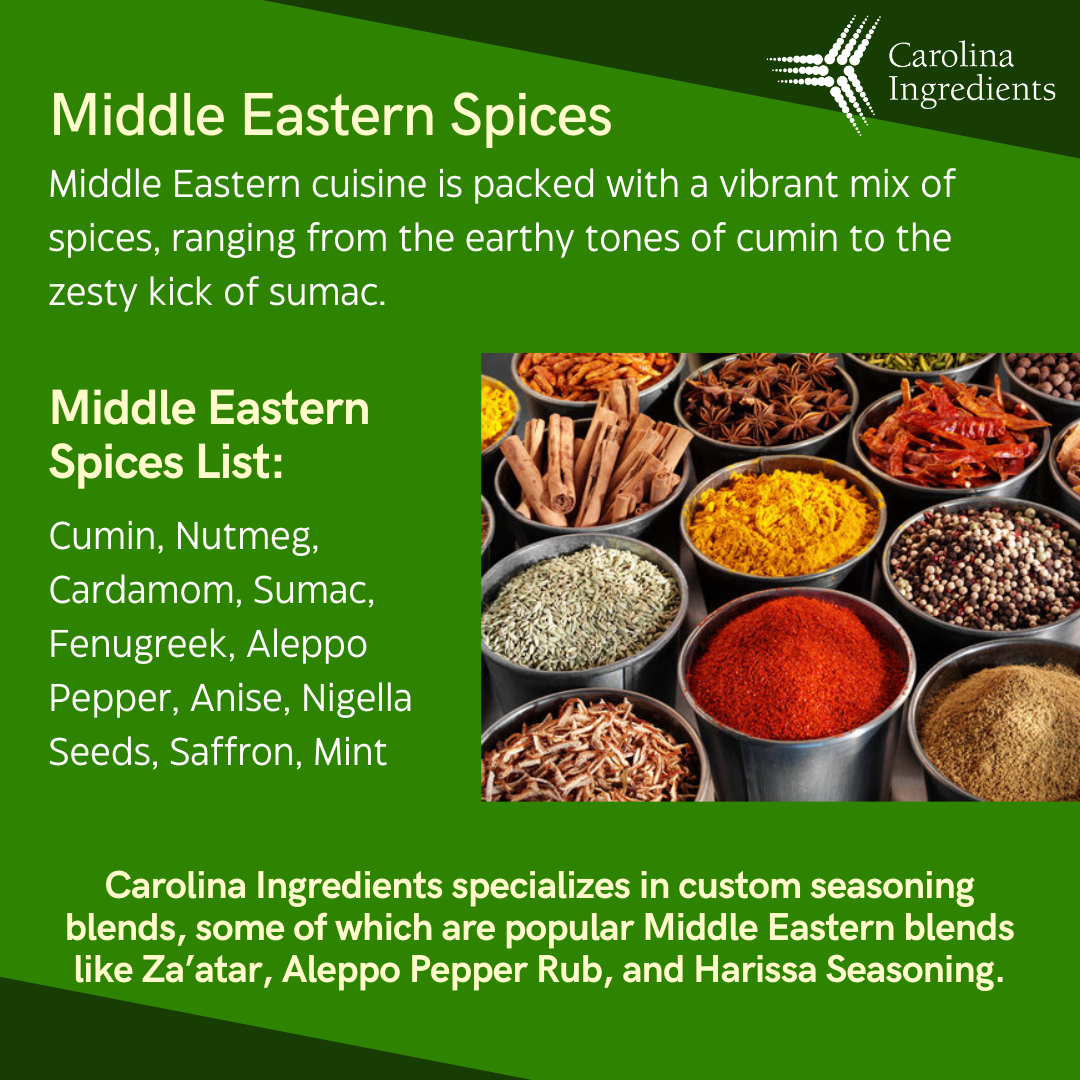 What are Middle Eastern spices?
What are Middle Eastern spices?
For centuries Middle Eastern spices and seasonings have been an important part of the world's diet. Today, spices of the Middle East, such as nutmeg, cardamom, sumac, and fenugreek, are used to enhance the flavor of numerous Western and Middle Eastern cuisine delights, ranging from soups, to entrées, and even desserts. But there is more to Middle Eastern spices than meets the eye, and by using them, you can add a touch of savory culinary deliciousness to every plate you serve.
How are these spices used in Middle Eastern cuisine?
While the spices of the Middle East have been traded around the Western world since ancient times, and are an important part of today's kitchens around the world, in Middle Eastern cuisine they can be used in a wide range of dishes, including entrées, salads, soups, deserts, and beverages. Each spice adds a special touch of flavor that emits marvelous aromas.
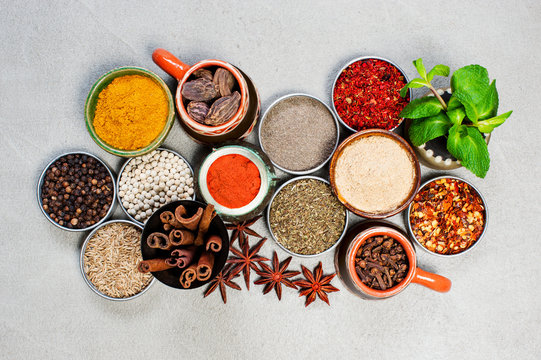
What are common Middle Eastern spices?
If you have never used spices of the Middle East in your kitchen, here is a list of the 10 most popular Middle Eastern spices used in Western cuisine today:
- Cumin - A strong, fragrant, and savory flavor, makes it perfect for making falafel
- Nutmeg - A warm, nutty, and slightly sweet flavor, in Middle Eastern cuisine it is commonly used in meat entrées.
- Cardamom - As one of the most ancient spices, cardamom originated in Egypt, and its warm lemony flavor has traditionally been used to flavor stew, rice, and meat.
- Sumac - This sour flavored spice made from the berries of the Sumac bush is typically used in meat dishes, stews, and certain dressings.
- Fenugreek - Another ancient spice, fenugreek first originated in Iraq, and its mildly nutty and sweet flavor is used to enhance the taste of curries, salads, rice, and meat entrées.
- Aleppo pepper - The raisin-like and fruity undertones of Aleppo pepper, which originated in Syria, are usually used to add a spicy flavor to meats, salads, beans, and more.
- Anise - Sweetly fragrant, anise is one of the most ancient Middle Eastern spices. It has a flavor that is similar to licorice or fennel, and is commonly used to enhance foods such as seafood, lamb, coffee, goat cheese and more.
- Nigella seeds - With its delicate undertones of onion, black pepper, and oregano, nigella seeds are traditionally used in Middle Eastern cuisine to add flavor to vegetables and lentil based entrées.
- Saffron - The legendary taste of saffron, which is the world's most expensive spice, is traditionally used in rice dishes, including the world renowned Spanish paella. Today, it is mostly produced in Morocco and Iran.
- Mint - A well known herb, mint is usually used in Middle Eastern cuisine in both fresh and dry forms. The first being added to salads and marinades, and the second to soups.
What are some common Middle Eastern seasoning blends?
At Carolina ingredients we specialize in custom seasoning blends, some of which are popular Middle Eastern blends like Za'atar, Aleppo Pepper rub, and Harissa seasoning.
Za'atar - Flavorful, and deliciously ethnic.
What is Za'atar?
Za'atar is one of those seasonings that when you taste it once, you will always want to add it to your meals. A delicate sun dried blend of sesame seeds, sumac, cumin, and other herbs, it can be found in two different types: the Syrian version with salt, and the Israeli one that is salt-free.
Traditionally, Za'atar has been used in a variety of Middle Eastern dishes, but it is also said to have medicinal applications, including the elimination of parasites. It is also believed to help keep the mind alert, which is why it is given to children throughout the Middle East before school.
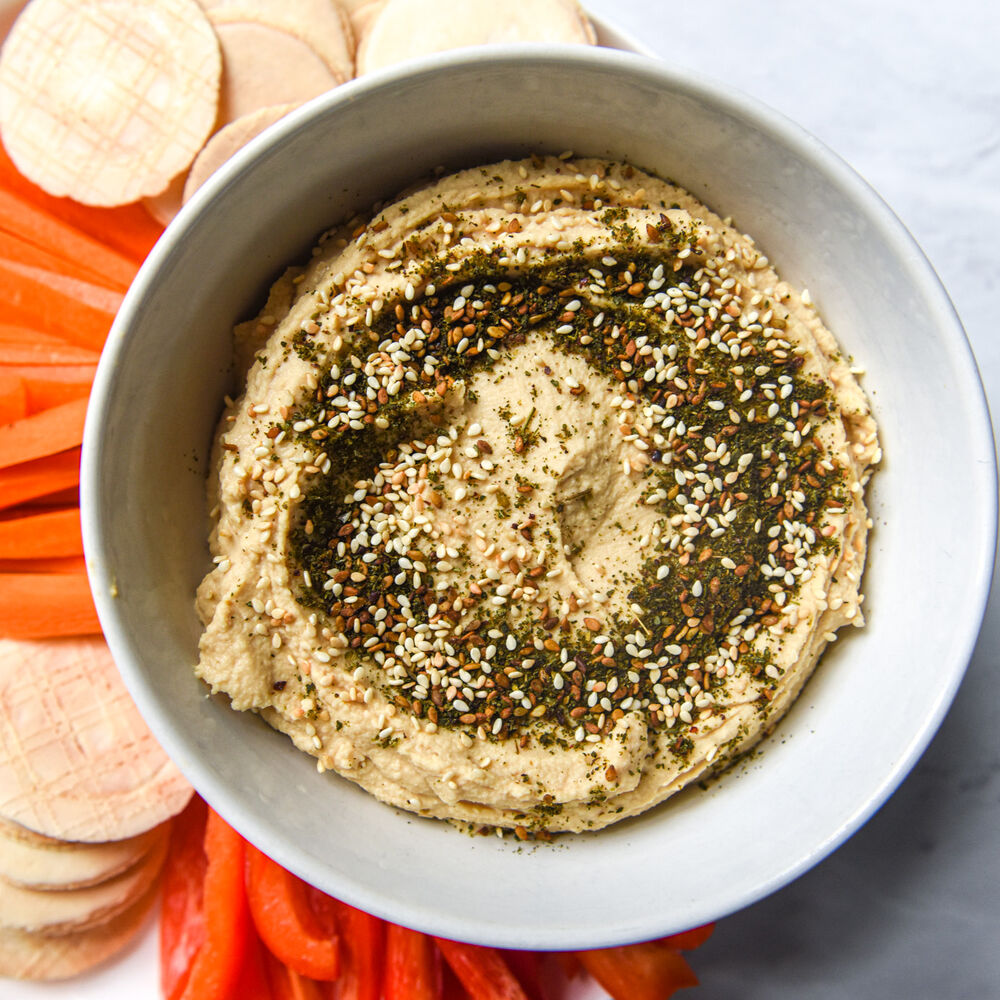
How can you use Za'atar to season your meals?
At Carolina Ingredients, we have mixed our custom blended Za'atar with cheese curds, resulting in a tangy, yet savory combination that can be enjoyed as a spread on toast or crackers, for a great tasting snack.
Za'atar is not only delicious, it can be used in a variety of ways, the most common of which is mixed with olive oil and spread on pita bread. It can also be used to season meats, especially lamb, as well as vegetables. It can be sprinkled on hummus, plain yogurt, and even steeped in boiling water to make a fragrant herbal tea.
Aleppo Pepper Rub - A complex flavor that builds slowly.
What is Aleppo Pepper?
The Aleppo pepper is a mild pepper variety that is also known as "Halaby Pepper". It is a deep burgundy color when ripe, and is commonly used in the form of dry flakes. The Aleppo pepper gets its name after the city located in Northern Syria, where it first originated.
The Aleppo pepper is a mild pepper that has fruity undertones which are reminiscent of the ancho chili, although it also has a slightly saltier flavor. This is due to the salt used during the drying and dehydration process it undergoes before being crushed into flakes.
How spicy is the Aleppo Pepper?
The Aleppo pepper is moderately hot, reaching only 10,000 units on the Scoville scale. As a reference, it is slightly less hot than a Jalapeño or Serrano chili.
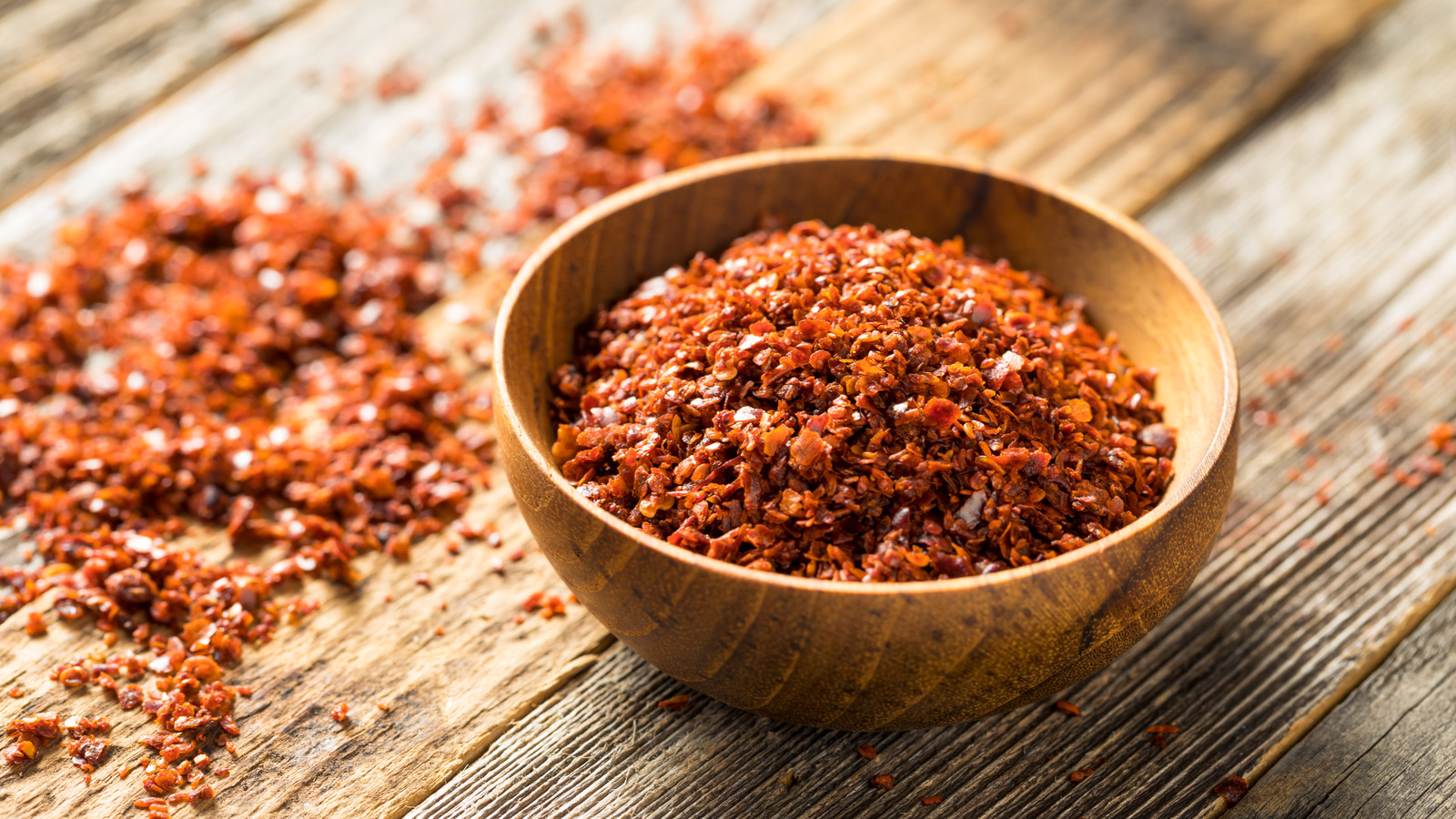
What is Carolina Ingredients' Aleppo Pepper rub?
Our Aleppo pepper rub is an exciting seasoning with a mild to moderate heat level. Because its heat level has a slow build, it allows its other fruit-like flavors to come forward. It has been described as having the sweet balance of sun dried tomatoes with an extra kick.
How can I use the seasoning?
The versatility of our Aleppo pepper rub knows no boundaries, and can be used in many different dishes, ranging from soups and salads, to main dishes, as well as broiled and grilled meats, and even sides. Of special interest is its ability to substitute red pepper flakes in anything you would require, but with a milder heat level and a raisin-like flavor.
When you want to add an extra flavor boost to your everyday meal choices, you can mix it with your favorite salad dressing or simply sprinkled over a nice fruit plate. Add to your barbecue sauce and brush it liberally over ribs or pork chops for an exquisite fruity flavor that makes for the perfect complement to the other ingredients you use.
Harissa Seasoning - Smokey and spicy, but not too hot.
What is Harissa seasoning?
Harissa is the name given to a spicy paste that originated during the mid 16th century in the Maghreb, and has received the distinction of being named by UNESCO as part of Tunisia's Intangible Cultural Heritage.
Harissa is commonly made with a blend of red and Baklouti peppers, and combined with other herbs and spices, including garlic, coriander, caraway, cumin, and olive oil. Sometimes rose petals are also added to the blend.
How spicy is Harissa?
Because it is a blend of mild peppers, mixed with other ingredients, Harissa is tangy and spicy, but not very hot. In most cases it can reach up to 5,000 units on the Scoville scale, which is comparable to the spiciness of cayenne peppers.
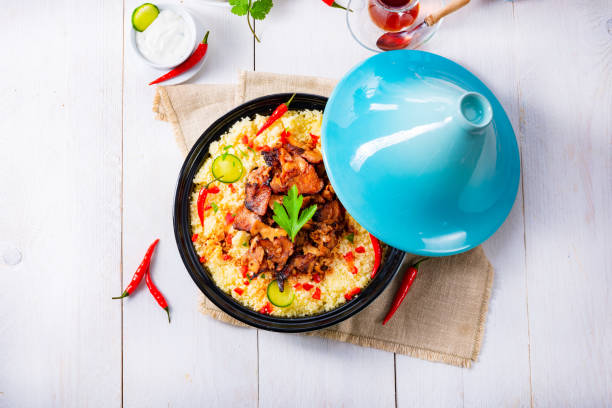
How can I use Carolina Ingredients' Harissa seasoning?
Our Harissa seasoning blend is as versatile as it is savory. It can be added to Moroccan tagines, and as a special flavoring condiment to fish, meat, vegetables, and even eggs! If you want to add a mild hint of spiciness to your food, Harissa seasoning is the way to go.
Most recently we have experimented with using it as a rub for broiled lamb and even sprinkled on salads and steamed veggies. It adds a peppery garlic taste to these ingredients, which frames their natural taste.
View more of our Snack Seasonings and contact the team at Carolina Ingredients to get started on your custom seasoning today!
Categories:
- (1)
- baby back rib (1)
- bbq (2)
- bbq sauce (1)
- bbq seasoning (1)
- birthday cake seasoning (1)
- brown sugar (1)
- brown sugar rub (1)
- bulk spices (1)
- burgers (1)
- buttery cheese seasoning (1)
- cabernet balsamic seasoning (1)
- caprese (1)
- carbon footprint (1)
- carolina ingredients (4)
- cereal bars (1)
- ceviche seasoning (1)
- cherry pie bars (1)
- cherry pie filling (1)
- chili (1)
- chili bean (1)
- chipotle bbq seasoning (1)
- chipotle ranch non dairy (1)
- chipotle seasoning (1)
- chocolate banana (1)
- chocolate bundt cake seasoning (1)
- chocolate mint seasoning (2)
- cinnamon flavor (1)
- cinnamon spice (1)
- commercial seasoning blends (19)
- core cultures (1)
- cracked mustard and brown sugar seasoning (1)
- crumble topping (1)
- dessert recipes (1)
- double dark chocolate (1)
- dressings (1)
- energy bars (1)
- energy consumption (1)
- ethnic flavors (2)
- fair trade (1)
- five chile seasoning (1)
- flavor & the menu (1)
- flavor trends (2)
- flavors of the month (1)
- food (1)
- food industry (2)
- food products (1)
- food seasoning (2)
- food seasoning manufacturers (1)
- food seasoning trends (1)
- food seasonings (2)
- food sub categories (1)
- food super bowl (1)
- food trucks (1)
- fruit nectars (1)
- fusion blend (1)
- gastro pub (1)
- give back (1)
- grandfusion (1)
- green chili bean (1)
- green tea (1)
- hamburgers (1)
- hatch green chilli (1)
- healthy eating (1)
- ideation blends (1)
- industrial seasoning distributor (21)
- industrial seasoning manufactuer (7)
- industrial seasoning manufacturer (8)
- korean bbq (1)
- korean bolgogi marinade (1)
- LEED (1)
- low sodium (1)
- manufacturing seasonings (1)
- maras pepper (1)
- maras pepper blend (1)
- milk chocolate (1)
- mole sauce (1)
- ncaa football championship series (1)
- new video (1)
- non dairy caesar (1)
- non dairy products (1)
- non gmo project blends (2)
- non gmo seasonings (6)
- non-gmo (12)
- non-gmo food seasoning manufacturer (1)
- non-gmo project (2)
- non-gmo project verified products (1)
- non-gmo snack blends (2)
- non-gmo verified (1)
- nutrient values (1)
- our process (1)
- passion fruit and sea salt seasoning (1)
- peanut butter brownie seasoning (1)
- pineapple rub (1)
- potato chip producers (1)
- prepared meals (1)
- quality ingredient products (1)
- recycling (1)
- recycling program (1)
- research & development (1)
- ribs (1)
- sauces (2)
- sausage and orzo (1)
- seasoning (2)
- seasoning blend (4)
- seasoning blends (4)
- seasoning companies united states (2)
- seasoning manufacturer (9)
- seasoning manufacturers (12)
- seasoning manufactures (3)
- seasoning supplier (4)
- seasoning suppliers (23)
- seasonings (1)
- seven spice rub (1)
- siracha (1)
- snack bars (1)
- snack blends (1)
- snack food (1)
- snack seasoning (26)
- snack seasoning blend (2)
- snack seasoning blends (1)
- snack seasonings (7)
- snacks and such (4)
- snacks super bowl (1)
- snaxpo (3)
- snaxpo 2016 (3)
- snaxpo2017 (1)
- snaxpo2018 (1)
- sofrito seasoning (1)
- solar panels (1)
- soups (1)
- spice (1)
- spice companies (2)
- spice distributor (8)
- spice distributors (18)
- sriracha (3)
- sriracha seasoning blend (1)
- stuffed green bell pepper (1)
- summer spice concoctions (1)
- super bowl food (1)
- super bowl snacks (1)
- sweet and spicy aji amarillo seasoning (1)
- toppings (1)
- toppings and sauces (1)
- us green building council (1)
- wholesale spice distributors (1)
- youtube page (1)

Sustainability
We are helping to conserve the environment; Our building is LEED Certified.
Learn MoreJoin Our Mailing List:
Thank You for Joining Our Mailing List.

